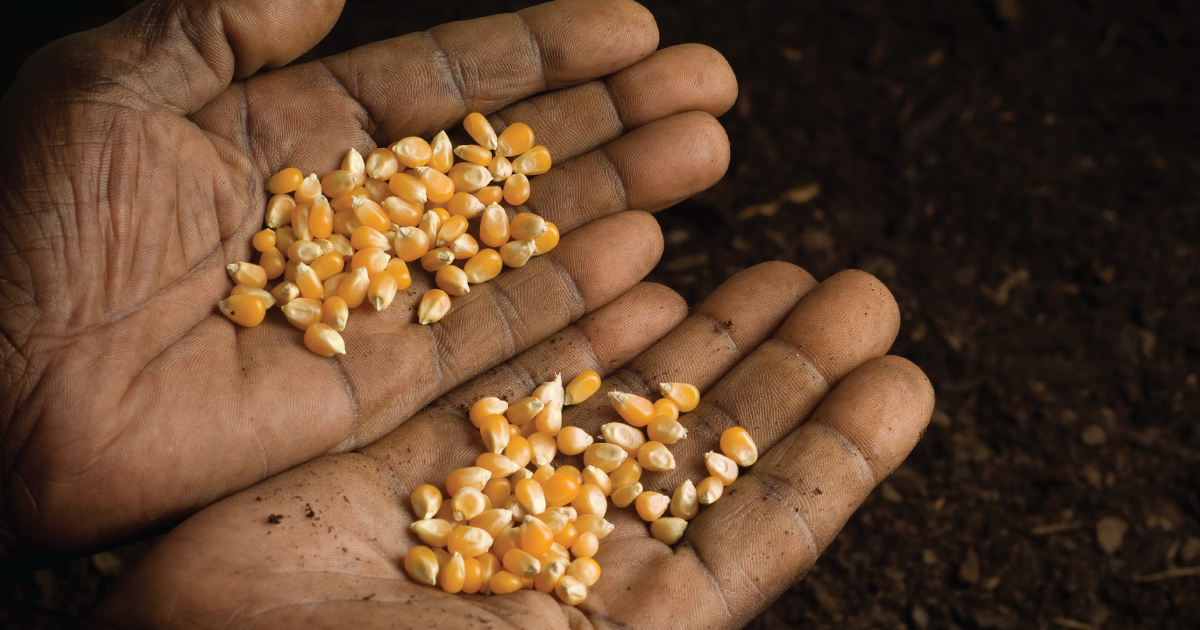
Americans of Color Are Largely Excluded From Producing and Eating Fresh Food
Near the end of a five-hour delivery run, Lytisha Wyatt rings an apartment in Albany, New York’s South End. A little girl answers the door, furtively accepting the box of organic produce. It’s one of 97 being delivered throughout the area, and the last of the season, courtesy of Soul Fire Farm’s Community Supported Agriculture (CSA) program.
November 8, 2018 | Source: New Food Economy | by Doug Bierend
A conversation with Leah Penniman, author of the new book Farming While Black.
Near the end of a five-hour delivery run, Lytisha Wyatt rings an apartment in Albany, New York’s South End. A little girl answers the door, furtively accepting the box of organic produce. It’s one of 97 being delivered throughout the area, and the last of the season, courtesy of Soul Fire Farm’s Community Supported Agriculture (CSA) program. As Wyatt walks away, the girl’s mother leans out the second floor window. “Thank you so much! Thank you for everything! Is this the last week? Thank you!”
Every week during harvest season, Soul Fire delivers sustainably grown vegetables, eggs, chicken, and other produce to about 100 families, or roughly 300 people in Albany, Troy, and Grafton. The boxes are priced on a sliding scale based on what recipients can afford. Some receive them for free, ‘solidarity shares’ subsidized by those who can pay more.
